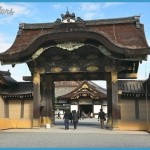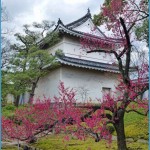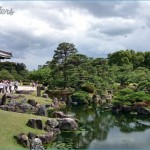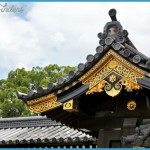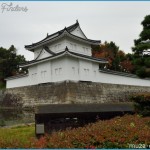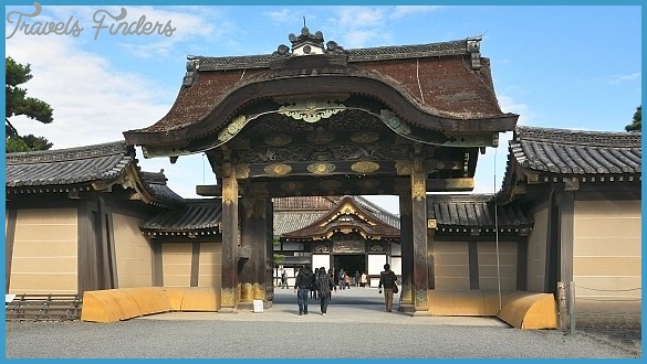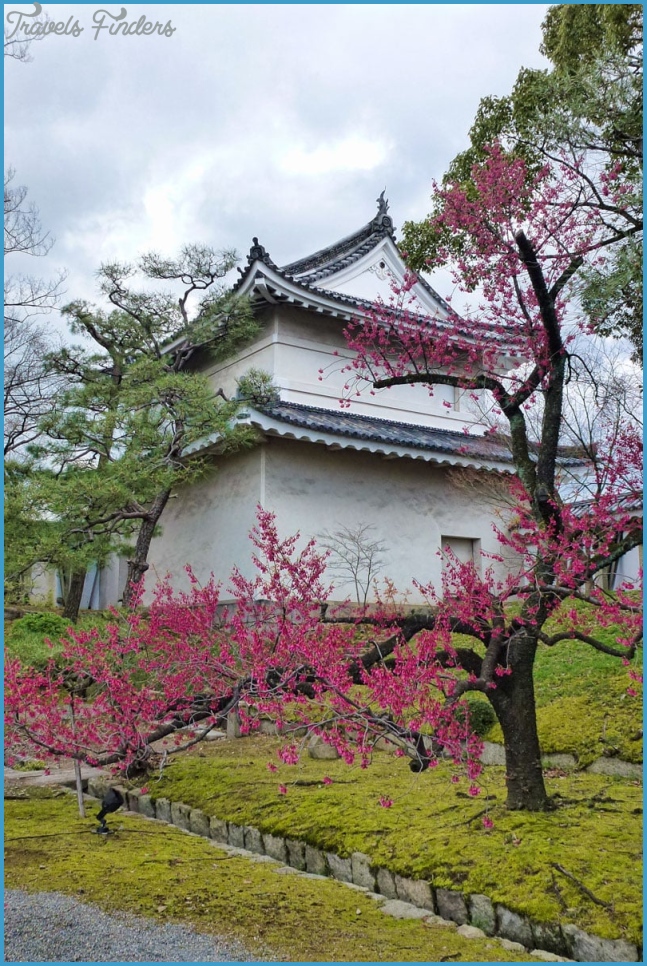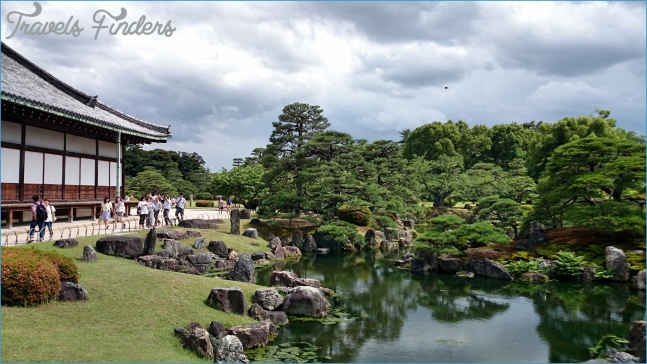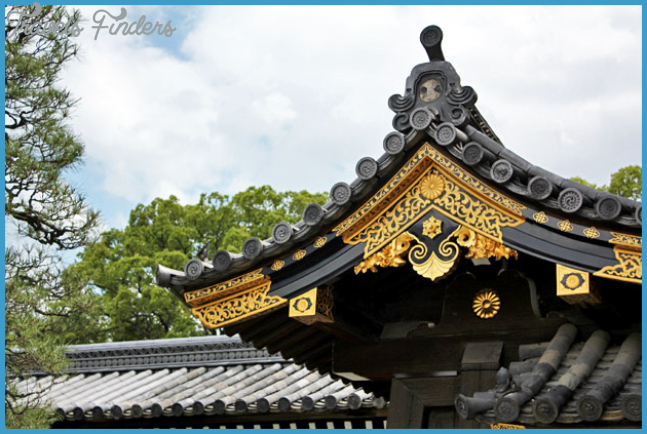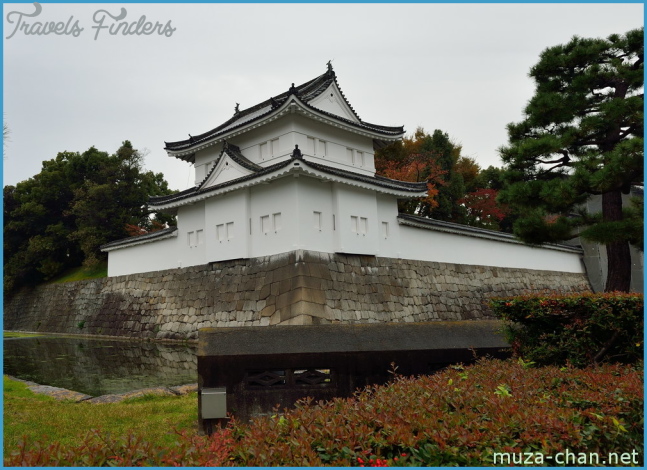Nijo Castle, a World Heritage Site located just southwest of Kyoto Gyoen National Garden, is a flatland castle originally built in 1603 as the dominating symbolic residence of Shogun leyasu Tokugawa for whenever he visited the city. One of the first foreign visitors to see it, an observant British diplomat in 1868, Sir Ernest Satow, was not impressed: “The Tokugawa Castle of Nijo struck me as insignificant compared with many a fortress belonging to a small Fudai daimyo.” Nijo Castle had been designed to project wealth and power commensurate with the rival Imperial Palace hierarchy, to protect the shogun’s image more than as a strategic military fortress to protect the city of Kyoto.
Nijo Castle in Kyoto Photo Gallery
Acting as de facto ruler while the nearby emperor served as token monarch, leyasu spared no expense with Nijo Castle, and incurred none, demanding his feudal lords in western Japan cover all the construction costs. With richly detailed camphor wood gates and elaborate transom carvings fashioned by skilled craftsmen using a staggering variety of nomi chisels, the lavishly illustrated interiors of Nijo’s Ninomaru Palace (now a National Treasure) are also famous for squeaky “nightingale floors” intended to discourage any ninja-like intruders. The shogunate engaged the aesthetic tea master Kobori Enshu to create the Ninomaru Garden. Soon after the last shogun returned ruling authority to the emperor during a ceremony at Nijo in November 1867, and subsequently decamped, palace officials promptly began replacing the castle’s Tokugawa hollyhock crests with imperial chrysanthemums.
An inticately carved wooden ranma transom at Karamon Gate.
Ninomaru Goten Palace is a National Treasure and an architectural marvel, both inside and out.
Evening traffic on Oshikoji-dori passes Nijo Castle’s southeast yagura watchtower.
The massive iron-reinforced wooden Higashi-Otemon is the castle’s Great Eastern Gate.
A seasonal illumination of Ninomaru Palace at twilight.
A gardener balanced on a tripod ladder tends a large pine tree in the Honmaru Garden.
Cherry trees and azaleas border a gravel footpath between the inner and outer moats.

